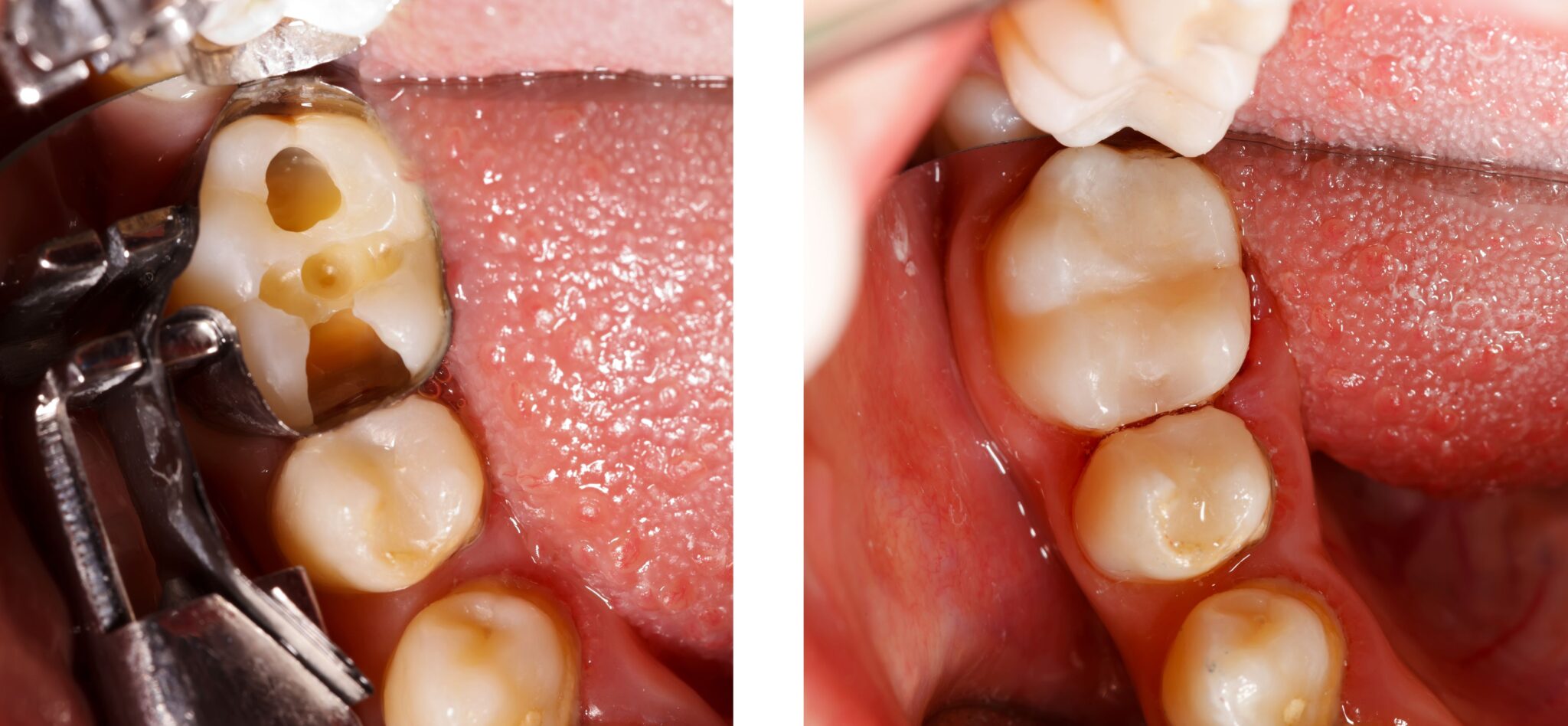Should Fillings Hurt After

The age-old question that has plagued many a dental patient: should fillings hurt after the procedure? The answer, much like the complexities of human pain perception, is not a simple yes or no. Instead, it’s a nuanced exploration of the dental filling process, the potential causes of post-procedure discomfort, and the varying factors that influence an individual’s experience.
To begin with, let’s delve into the world of dental fillings. A filling, also known as a restoration, is a way to repair a tooth that has been damaged by decay, trauma, or other factors. The process typically involves removing the damaged portion of the tooth, cleaning the area, and then filling it with a material such as amalgam, composite resin, or gold. The goal of a filling is to restore the tooth’s natural function, appearance, and comfort.
Now, when it comes to the question of pain after a filling, it’s essential to understand that some degree of discomfort is normal. The tooth and surrounding tissues may be sensitive after the procedure, especially if the filling is deep or if the dentist had to remove a significant amount of decay. This sensitivity can be caused by several factors, including:
- Inflammation: The tooth and surrounding tissues may become inflamed after the procedure, leading to sensitivity and discomfort.
- Nerve irritation: The nerves in the tooth can be irritated during the filling process, causing pain or sensitivity.
- Tooth structure: The structure of the tooth itself can contribute to post-procedure discomfort. For example, if the filling is very large or if the tooth is already weakened, it may be more prone to sensitivity.
However, if the pain or discomfort persists or worsens over time, it may be a sign of a more serious issue. Some potential causes of prolonged or severe pain after a filling include:
- Infection: Bacteria can infect the tooth or surrounding tissues, leading to pain, swelling, and other symptoms.
- Allergic reaction: Some individuals may be allergic to the materials used in the filling, such as amalgam or composite resin.
- Nerve damage: In rare cases, the nerves in the tooth can be damaged during the filling process, leading to persistent pain or numbness.
So, what can you expect after a filling? The good news is that most people experience little to no discomfort after a routine filling. However, it’s not uncommon to feel some sensitivity or discomfort, especially when consuming hot or cold foods and drinks. This sensitivity usually subsides within a few days, but it can take up to a week or two for the tooth to fully recover.
To minimize the risk of post-procedure discomfort, it’s essential to follow your dentist’s instructions carefully. This may include:
- Avoiding certain foods: Your dentist may recommend avoiding hot, cold, or hard foods for a period after the procedure.
- Taking pain medication: Over-the-counter pain relievers, such as ibuprofen or acetaminophen, can help manage any discomfort or pain.
- Practicing good oral hygiene: Keeping the tooth and surrounding areas clean can help reduce the risk of infection or other complications.
In addition to these tips, there are several other factors that can influence an individual’s experience after a filling. For example:
- Tooth location: Fillings in certain areas of the mouth, such as the molars, may be more prone to sensitivity due to the tooth’s location and structure.
- Filling material: The type of material used for the filling can affect the level of discomfort or sensitivity. For example, composite resin fillings may be less likely to cause sensitivity than amalgam fillings.
- Individual tolerance: People’s pain tolerance and sensitivity can vary greatly, making it difficult to predict exactly how someone will feel after a filling.
It's essential to remember that everyone's experience with dental fillings is unique. While some people may feel little to no discomfort, others may experience more significant sensitivity or pain. If you're concerned about your symptoms or have questions about your filling, it's always best to consult with your dentist.
In conclusion, while some degree of discomfort is normal after a filling, persistent or severe pain can be a sign of a more serious issue. By understanding the potential causes of post-procedure discomfort and following your dentist’s instructions, you can minimize the risk of complications and ensure a smooth recovery.
How long does it take for a tooth to recover after a filling?
+The recovery time for a tooth after a filling can vary, but most people experience significant improvement within a few days. It can take up to a week or two for the tooth to fully recover, depending on the size and location of the filling.
What can I do to minimize discomfort after a filling?
+To minimize discomfort after a filling, follow your dentist's instructions carefully. Avoid certain foods, take pain medication as directed, and practice good oral hygiene to reduce the risk of infection or other complications.
When should I contact my dentist after a filling?
+If you experience severe pain, swelling, or other concerning symptoms after a filling, contact your dentist immediately. They can assess the situation and provide guidance or treatment as needed.
As we’ve explored in this article, the world of dental fillings is complex and multifaceted. By understanding the potential causes of post-procedure discomfort and taking steps to minimize the risk of complications, you can ensure a smooth recovery and a healthy, happy smile. Remember, if you have any concerns or questions about your filling, it’s always best to consult with your dentist. They can provide personalized guidance and help you navigate any challenges that may arise.